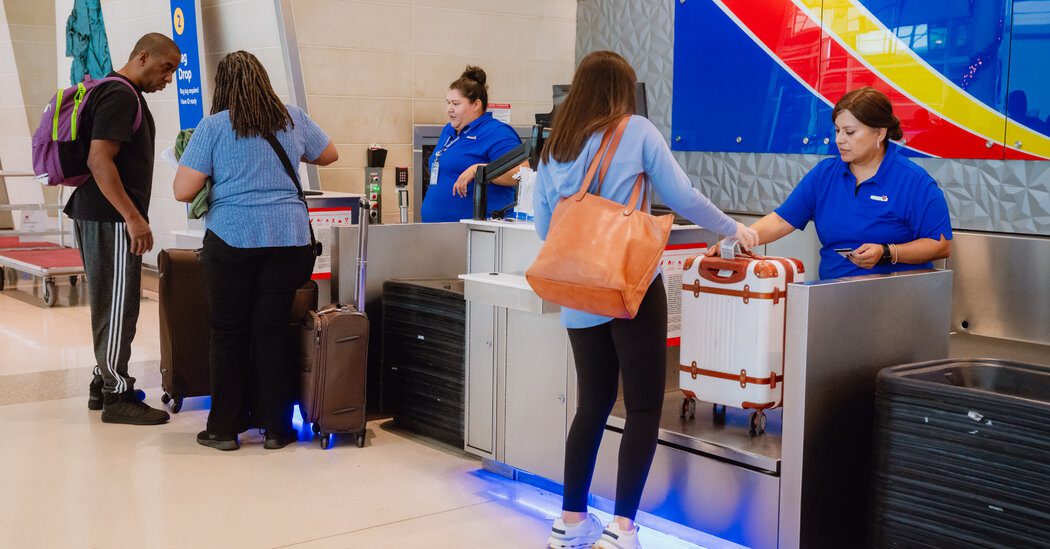

Southwest Airlines has made headlines this week by announcing its plan to eliminate 1,750 jobs, marking the first major layoffs in the airline’s 53-year history. The cuts will primarily affect corporate roles, representing approximately 15% of the workforce, and will include 11 senior executives with titles of vice president or higher. The company has stated that the majority of these layoffs will take place by the end of June.
In a statement, Southwest’s CEO, Bob Jordan, described the decision as “unprecedented.” He emphasized the need for transformation within the organization: “We are at a pivotal moment as we reshape Southwest Airlines into a leaner, faster, and more agile entity. This decision was made thoughtfully and with great care, knowing it will be difficult to part ways with valued colleagues who have contributed significantly to our culture and successes.”
Last year, Mr. Jordan faced scrutiny when Elliott Management, a hedge fund holding nearly 10% of the airline’s shares, advocated for substantial changes, including his potential departure. Elliott criticized Mr. Jordan and the board for being complacent and not managing costs effectively, contributing to a decrease in profit margins that once stood out in the industry.
In response to these pressures, Mr. Jordan unveiled a comprehensive three-year strategy aimed at transforming the airline. This includes replacing the seat-yourself policy with assigned seating, adding extra legroom seats, and launching red-eye flights, with the first one commencing last week to optimize aircraft utilization.
Additionally, Southwest agreed to appoint board members suggested by Elliott Management, which led the firm to withdraw its demand for Mr. Jordan’s removal.
The layoffs are projected to save Southwest approximately $210 million this year and an estimated $300 million in the following year. However, these savings do not account for a one-time expense of $60 million to $80 million needed for severance and other benefits for the affected employees.
Southwest Airlines boasted an impressive 47-year streak of profitability until 2020 when it, like others in the sector, suffered losses during the Covid pandemic. Since then, the airline has achieved consistent profitability and remains the only one among the four largest U.S. carriers to have never filed for bankruptcy, although its operating costs have increased faster than some competitors.
Despite its limited international service, Southwest stands as a dominant player in the U.S. aviation market, carrying more passengers and operating more flights than any other airline. It enjoys a strong reputation among travelers, consistently receiving high customer satisfaction ratings for its economy class, as reported by J.D. Power, a leading market research firm.








